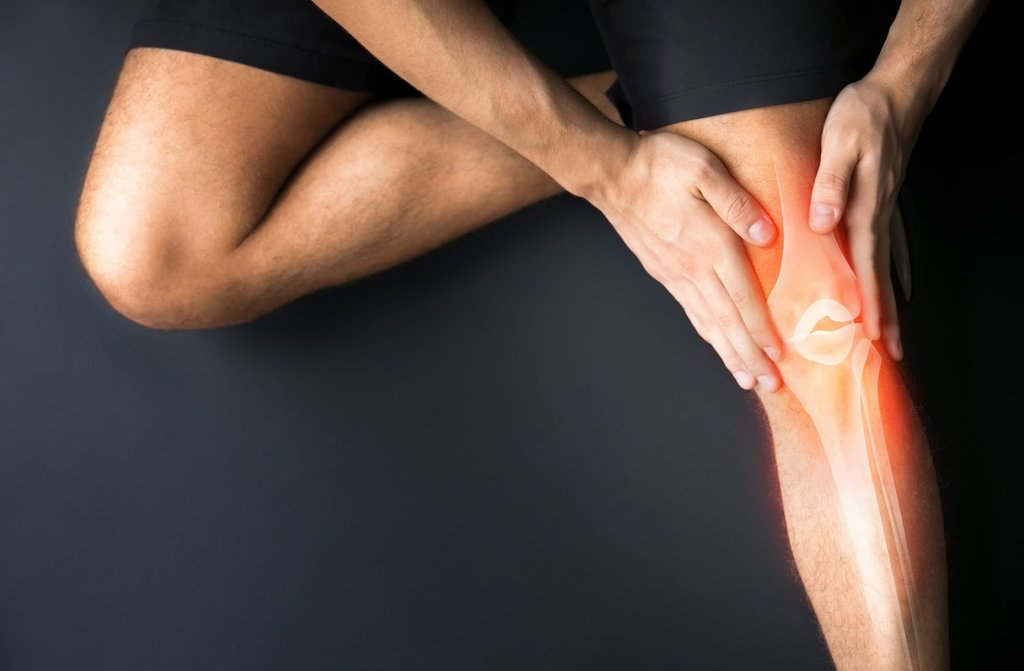Knee Injuries: An Integrated View on High-Performance Training
Knee injuries are remarkably common among athletes and fitness enthusiasts, primarily due to the biomechanical complexity and the repetitive stress imposed by high-impact activities. This article explores the causes of these injuries, preventive strategies, and the importance of proper training, drawing insights from experts in the field.
Understanding the Knee Joint
The knee is one of the most complex and demanded joints in the human body, designed to withstand a wide range of movements and weights. However, it is not uncommon for athletes and gym-goers to experience injuries in this area, whether from overuse, improper technique, or inadequate physical preparation.
Risk Factors for Knee Injuries
- Overuse: Repeating movements that overload the knee;
- Improper technique: Incorrect execution of exercises;
- Physical unpreparedness: Lack of proper muscle strengthening.
The Evolution of Training and Its Impact on the Knee
Historically, the lack of information regarding proper training methods led to a high incidence of injuries. Previously, exercises like leg presses were performed without correct guidance, often leading to premature joint wear and tear.
Transitioning to Safer Training Methods
Understanding of human biomechanics has evolved, and with it, training techniques have also improved. Nowadays, it’s common to use equipment and methods that minimize injury risks, such as:
- Machines designed to reduce knee stress;
- Myofascial release practices and kinesiotherapy;
- Pilates for muscle strengthening.
Integrating New Technologies in Training
The use of advanced technologies, such as electrodes that display muscle activation levels, has allowed for more targeted and safe training. Experts are pioneering these approaches, utilizing machines and methods that adapt exercises to individual needs, promoting both safety and effectiveness.
Benefits of Personalized Training
- Reduced injury risks;
- Increased exercise efficiency;
- Better muscle recovery and adaptation.
The Role of Prevention and Recovery
Injury prevention starts with adopting a proper warm-up routine, using correct training techniques, and regularly engaging in activities that strengthen the muscles around the knee. Recovery, on the other hand, uses methods like physiotherapy and muscle relaxation techniques to ensure athletes can return to activities without recurrence risks.
Effective Prevention Strategies
- Proper warm-up;
- Correct use of training equipment;
- Focused muscle strengthening for knee stability.
The Importance of Professional Physical Education
Continuous education and updating of physical education professionals are crucial for injury prevention. Knowledgeable and updated instructors can provide precise and tailored guidance to each individual’s needs.
Impact of Applied Knowledge
- Significant reduction in injury incidence;
- Adapted and personal training;
- Promotion of overall health and wellness.
Conclusion
Intelligent and informed training is key to minimizing the risk of knee injuries. With the evolution of training practices and the integration of new technologies and methods, it is now possible to achieve high performance levels safely. Professionals continue to revolutionize training practices, ensuring that the benefits of strength training and other exercises are accessible to everyone, regardless of physical limitations. Incorporating a comprehensive and informative approach like this not only helps prevent injuries but also maximizes training results, promoting an active and healthy lifestyle.


